Kaldor
Kaldor is a kingdom in east-central Harn made up of seven shires (states) and two marches (territories). An appointed Sheriffs maintain law and order within each shire. The shires are broken into hundreds (counties) . Populated hundreds are populated with farm towns, each containing a manor house surrounded by farms houses and farmland. Law is maintained in each hundred by a Warden and one or more Deputy Wardens.
Structure
Kingdom controlled by a Queen or King.
March (territory) led by a Warden, apppointed by the queen/king.
Shire (state) controlled by a Sheriff, appointed by the queen/king.
Hundred (county) led by a Bailiff, under the sheriff.
Group of fiefs led by a Baroness or Baron, reporting to the queen/king.
Fief (group of manors) led by a Duchessor Earl, reporting to a baroness/baron, or directly to the queen/king.
Manor (group of farms) led by a Lady or a Knight, reporting to a baroness/baron, a duchess/earl, or (rarely) directly to the king.
Farm led by a peasant family, reporting a lady/lord.
March (territory) led by a Warden, apppointed by the queen/king.
Shire (state) controlled by a Sheriff, appointed by the queen/king.
Hundred (county) led by a Bailiff, under the sheriff.
Group of fiefs led by a Baroness or Baron, reporting to the queen/king.
Fief (group of manors) led by a Duchessor Earl, reporting to a baroness/baron, or directly to the queen/king.
Manor (group of farms) led by a Lady or a Knight, reporting to a baroness/baron, a duchess/earl, or (rarely) directly to the king.
Farm led by a peasant family, reporting a lady/lord.
Public Agenda
King Miginath has the following agendas:
- Peace with neighbors
- Trade route safety to provide economic growth
- Justice, both in fact and in reputation
- Development of Oselmarch and Chelmarch, eventually turning them into shires
Assets
Demography and Population
The population is around 105,000; most living in the Kald river valley. Humans are the only citizens allowed to own (nobility) or posess (peasentry) the farmland in Kaldor - all other races are considered tenants or simply travelers. The common attitude toward non-humans has softened over the decades and skilled and productive non-humans are often warmly welcomed into the Kaldor communities.
- 85% Human, most of which are Harnian, some of which are Jarin , and a few half elven, as well.
- 6% Halfling entertainers and craft-families living in the larger settlements.
- 4% Half Orc, civilized brethren adopted from the barbarian tribes surrounding the kingdom, often serving the role of manual labor and soldiers.
- 3% exiled or dishonored Khuzdul dwarves, often serving as skilled smiths & miners.
- 2% Other races are less common, including dragonborn, Elves, and tieflings.
Religion
- Larani is the religion of the king and most of the nobles and the urban populace.
- Peoni is popular among the rural commoners.
- Save-K'nor has temples that are more places of study than worship.
- Sarajin is popular only among a small but loyal group of immigrants arriving from the north via the Fur Road
- Halea is gaining popularity among the wealthy merchants.
- Ilvar has a major temple in Tashal, and is otherwise virtually unknown.
Agrik, Morgath, & Naveh worship is punishable by death.
Foreign Relations
Azadmere Kingdom, trade is good. And the dwarves pay for the privilege for safe passage of their trade goods bound for other kingdoms.
Chybisa, tense as Kaldor has claims on this small kingdom.
Melderyn, distant trade partner; but potential rival for Chybisa.
Thardic Republic, valuable trade partner, but the republic is chaotic and unpredictable politically. Thard has a competing claim on Trobridge Inn.
Evael, socially and politically distant. The elves are seen as magical and mysterious, but rarely involved with Kaldor.
Kanday, a distant sister kingdom. Of like minds, but too geographically distant to be politically closer.
Orbaal, potential military or raiding threat. The kingdom of Kaldor always shows a strong military force in response to any viking interactions.
Nearby tribal nations are generally viewed peacefully. There is a small amount of trade and raiding, but the borders are generally accepted by both sides. Development in the Oselmarch may put additional pressure on the peace.

Type
Geopolitical, Kingdom
Leader
Ruling Organization
Leader Title
Family Leader
Official State Religion
Subsidiary Organizations
Location
Neighboring Nations



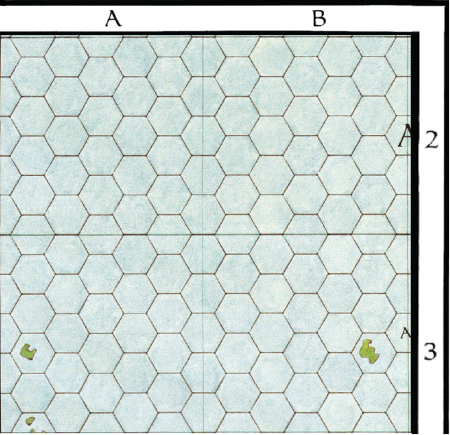

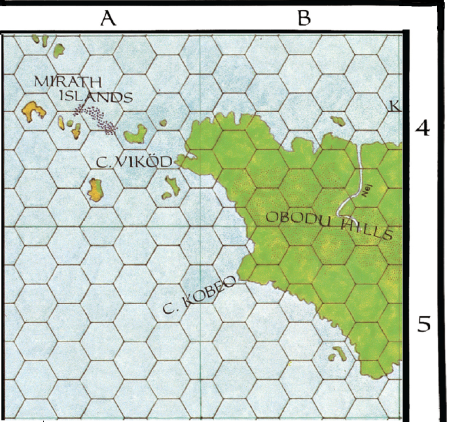









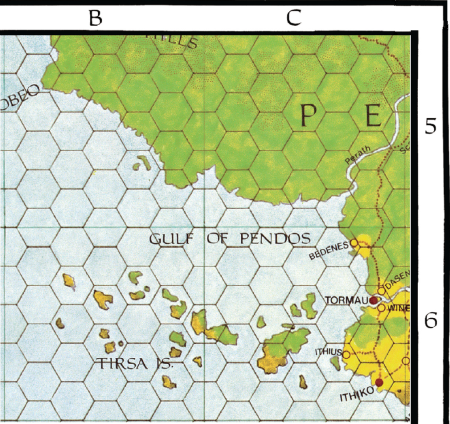



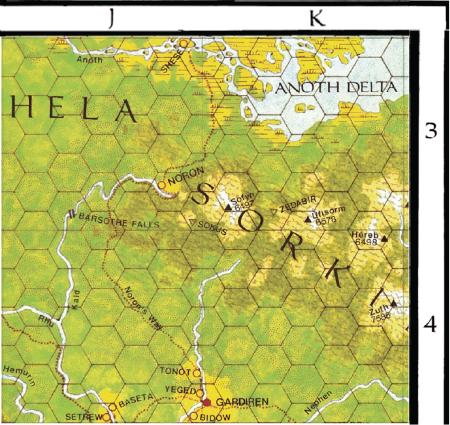




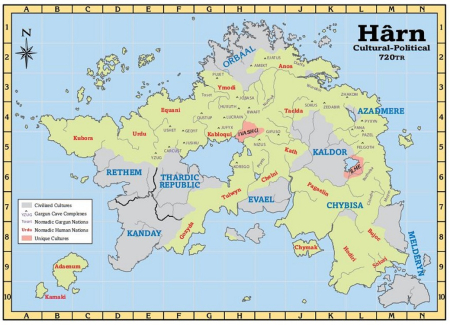
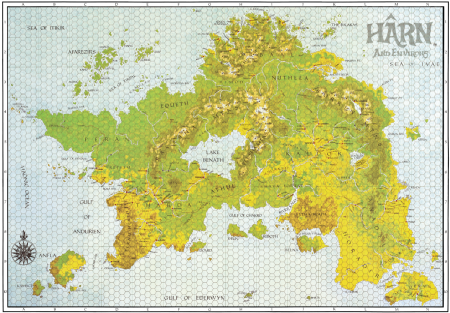
Comments